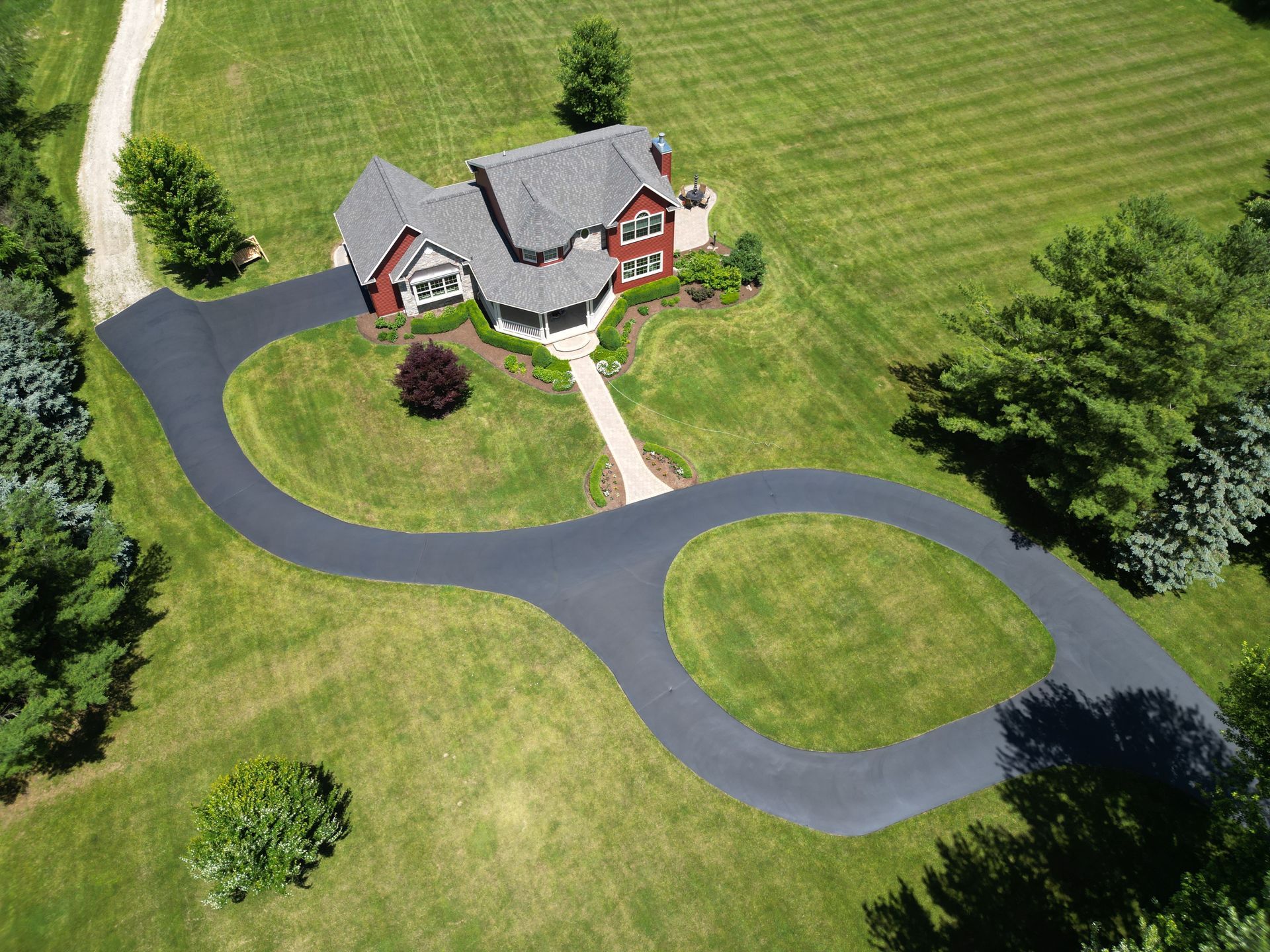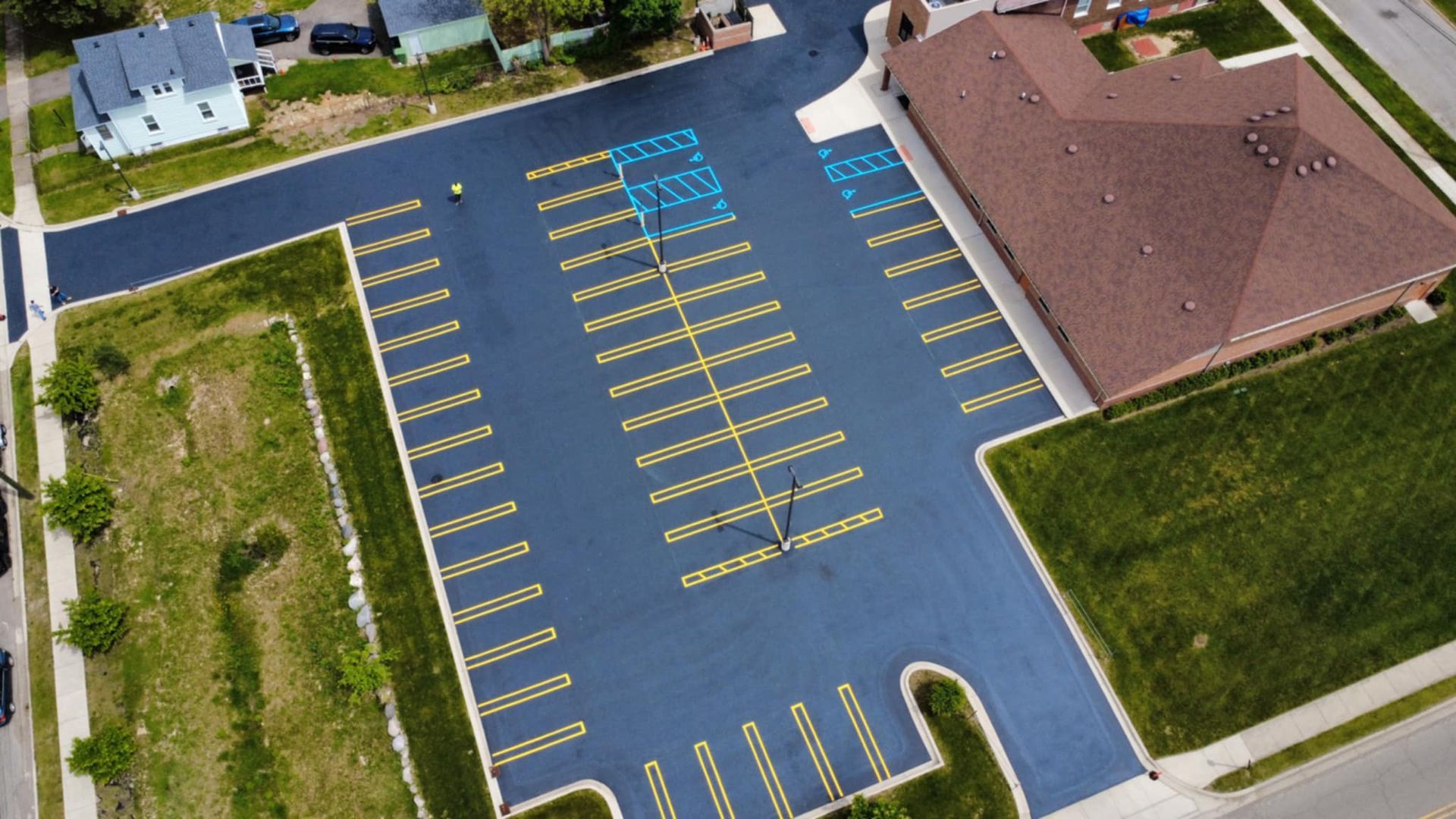OUR BLOG
Asphalt: The Essential Building Block of Modern Transportation Asphalt is a ubiquitous material that plays a vital role in the construction of modern transportation infrastructure. Whether you're driving on a highway, landing a plane on a runway, or cycling on a path, chances are you're using an asphalt surface. What is Asphalt?

Safety: Potholes can be dangerous for motorists, bicyclists, and pedestrians, as they can cause accidents and damage to vehicles and bicycles. By filling potholes, the road becomes smoother and safer for everyone who uses it. Preventing further damage: Potholes can expand and become bigger if left unfilled. Filling potholes as soon as possible prevents them from becoming larger and causing more damage to the road. Lower maintenance costs: Filling potholes is generally less expensive than repairing a road that has become severely damaged due to neglected potholes. Preventing further damage to the road also reduces the need for costly repairs in the future. Improving driving experience: Filling potholes can help improve the driving experience for motorists by reducing the jarring and discomfort caused by driving over potholes. Enhancing aesthetics: Potholes can be an eyesore and detract from the appearance of a road. Filling potholes can improve the aesthetics of the road and make it more pleasant to drive on.
The curing time for a new blacktop surface before sealcoating can vary depending on several factors, such as the temperature, humidity, and the type of asphalt mix used. Generally, it's recommended to wait at least 90 days after the installation of new blacktop before sealcoating. During the curing process, the asphalt hardens and releases volatile compounds that can interfere with the bond between the sealant and the asphalt surface. If the sealant is applied too soon, it may not adhere properly to the asphalt surface, which can result in a shorter lifespan and reduced effectiveness of the sealant. It's important to note that the curing time can be affected by weather conditions, such as temperature and humidity. Higher temperatures and humidity levels can accelerate the curing process, while lower temperatures and humidity levels can slow it down. To determine the ideal time to apply sealant to your new blacktop, it's best to consult with a professional contractor who can assess the condition of the asphalt and provide specific recommendations based on your location and weather conditions. In general, waiting at least 90 days after the installation of new blacktop is a good rule of thumb to ensure that the surface is adequately cured before sealcoating.

Here are some of the benefits of crack-filling: Prevent further damage: By filling in cracks, you can prevent water and other debris from seeping into the underlying layers of the pavement and causing further damage. This can help to extend the life of the pavement surface and prevent costly repairs down the line. Improved appearance: Crack-filling can help to improve the appearance of a pavement surface by filling in unsightly cracks and creating a smooth, even surface. Enhanced safety: Filling in cracks can help to improve the safety of a pavement surface by reducing the risk of tripping hazards and creating a smooth, even surface for vehicles and pedestrians to navigate. Cost-effective: Crack-filling is a cost-effective way to extend the life of a pavement surface and prevent costly repairs down the line. It is generally less expensive than replacing the entire surface and can help to maximize the return on investment of a property. Eco-friendly: By repairing cracks instead of replacing the entire surface, you can help to reduce waste and minimize the environmental impact of your pavement maintenance activities.
Asphalt and concrete are two common materials used for paving roads, parking lots, and other surfaces. While both materials have their advantages and disadvantages, there are some key differences between the two that can affect their suitability for different applications. One of the main differences between asphalt and concrete is the materials used to make them. Asphalt is made from a mixture of aggregates, such as sand, gravel, and crushed stone, and a binder made from petroleum. Concrete, on the other hand, is made from a mixture of cement, water, and aggregates.
The right temperature to sealcoat a driveway can depend on several factors such as the type of sealer being used, humidity levels, and the current weather conditions. However, in general, the ideal temperature range for sealing a driveway is between 50-90 degrees Fahrenheit (10-32 degrees Celsius). It's important to note that the temperature of the surface of the driveway also plays a crucial role in the sealing process. The surface temperature should be at least 50 degrees Fahrenheit and rising before the sealant is applied. If the surface temperature is too low, the sealer may not properly adhere to the surface and may not cure properly.

Asphalt is a versatile material used in a wide range of construction applications, from road construction to roofing. Different asphalt mixes have different properties, making them suitable for various uses. Here are some of the most common types of asphalt mixes and their applications: Hot Mix Asphalt (HMA): This is the most commonly used type of asphalt mix in road construction. It is produced by heating aggregates and asphalt binder to a high temperature and mixing them together. HMA is suitable for use in high-traffic areas, such as highways and interstates, and can withstand heavy loads. Warm Mix Asphalt (WMA): This type of asphalt mix is produced at lower temperatures than HMA, reducing energy consumption and emissions. WMA is ideal for use in areas where the temperature drops below freezing, as it is more flexible than HMA and less likely to crack. Cold Mix Asphalt (CMA): This type of asphalt mix is produced at ambient temperatures, making it ideal for use in areas where there is no access to hot mix plants. CMA is commonly used for patching potholes, repairing small areas, and filling cracks in pavement. Porous Asphalt: This type of asphalt mix is designed to allow water to drain through it, reducing the risk of flooding and improving water quality. Porous asphalt is commonly used in parking lots, sidewalks, and other areas where water runoff can be a problem. Stone Mastic Asphalt (SMA): This type of asphalt mix is designed to improve skid resistance and reduce noise levels. SMA is commonly used in areas where there are steep slopes or tight curves, as it provides better traction for vehicles. Permeable Friction Course (PFC): This type of asphalt mix is similar to SMA but has a higher percentage of air voids, allowing water to drain through it more quickly. PFC is commonly used in high-traffic areas, such as interstates and highways, where the risk of hydroplaning is high. Asphalt Emulsion: This is a liquid asphalt mix that can be used for a variety of purposes, including chip sealing, tack coating, and surface treatments. Asphalt emulsion is often used as a cost-effective alternative to hot mix asphalt in lower-traffic areas. Each of these types of asphalt mixes has unique properties that make them suitable for different applications. By selecting the right type of asphalt mix for your project, you can ensure that your pavement will be durable, long-lasting, and cost-effective.
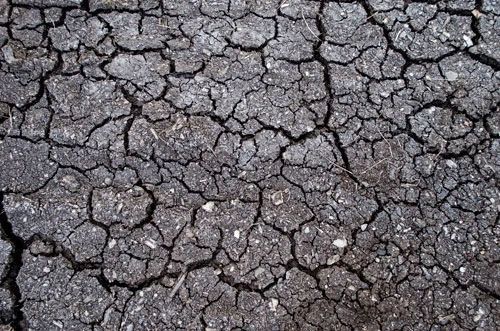
Yes, blacktop can be repaired depending on the extent of the damage. Small cracks and potholes can be easily repaired using a variety of methods, including filling them with asphalt patching compounds, crack sealers, or hot mix asphalt. If the blacktop has large cracks or potholes, it may need to be resurfaced or replaced. Resurfacing involves applying a new layer of asphalt over the existing pavement, while replacement involves removing the old pavement and laying a new one.


